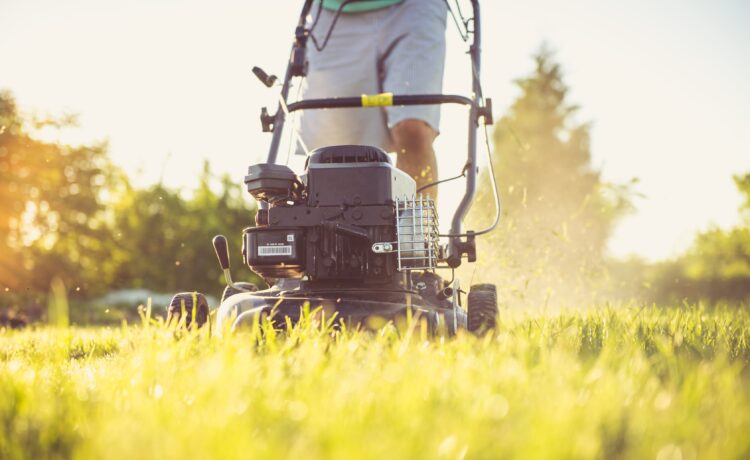It is also known as a brush mower and is a more powerful and efficient version of a grass cutter. Tall grass (4″ or higher), shrubs, brush, woody stuff, saplings, and weeds were all cut with it. These devices are powered by either an engine or a battery. It has more power than just about any other piece of gardening equipment.
What Is a Brush Cutter Used for?
A string hammer is typically used to attack bush or other similar tasks. However, it is insufficiently powerful to cut a thick brush. Brush cutter is the perfect instrument for such jobs. They look a lot like a line cutter.
A line cutter, on the other hand, uses a nylon thread to cut plant such as long grass or weeds. A brush cutter, on the other hand, has a metal blade that can slice through dense plants such as tree trunks up to 4 inches in diameter.

Brush Cutter Applications:
The most critical instances when a brush cutter is required are while tapering, mowing, scything, and weeding. It could also be employed for the following…
- When you need to cut through thick foliate which has developed all around fens and can’t be reached by a tractor or mower?
- Shrubs, thick grasses, thorny grasses, thistles, long grass, seedlings, and underbrush are examples of excessive foliage.
- If you really have to function on a hill or a slope where you can’t safely operate a tractor.
What Is the Best Way to Buy a Brush Cutter?
If everything else has failed, a brush cutter is the best instrument to use. They are extremely tough, powerful, and capable of cutting through anything. Because they are so strong, they can be a costly investment. It is, however, the wisest choice to make for your landscape.
Certain variables must be considered while selecting the finest brush cutter for your garden, lawn, or landscaping. For your convenience, we’ve listed them here.
Types of Brush Cutter
Brushcutters are divided into three categories: portable, walk-behind, and tow-behind.
· Handheld
This is the largest of the 3 types. They’re ideal for trimming saplings, grass, and overgrown weeds because they feature longer lines, bigger engines, and metal brushes. They come in two types of engines: two-cycle and four-cycle. You can choose any of them depending on how easy it is for you to mix gas and oil.
· Walk-Behind
This sort of brush cutter resembles a lawn mower in appearance. If you just have a limited amount of time to tackle a major assignment, this is the tool for you. Handheld crush cutters are ideal for tackling tiny areas of work. A walk-behind brush cutter, on the other hand, is ideal for larger regions and dense brush. These brush cutters are ideal for trimming a vacant plot of land or an underutilized land area.

· Tow-Behind
The bottom of this brush cutter is comparable to that of a lawn mower. You must tow it all behind your tractors or any other equipment, as the title indicates. They’re ideal for clearing dense brush and huge landscaping areas such as an empty field, prairie portion, wild brush region, or weeds all along boundary of a large estate.





